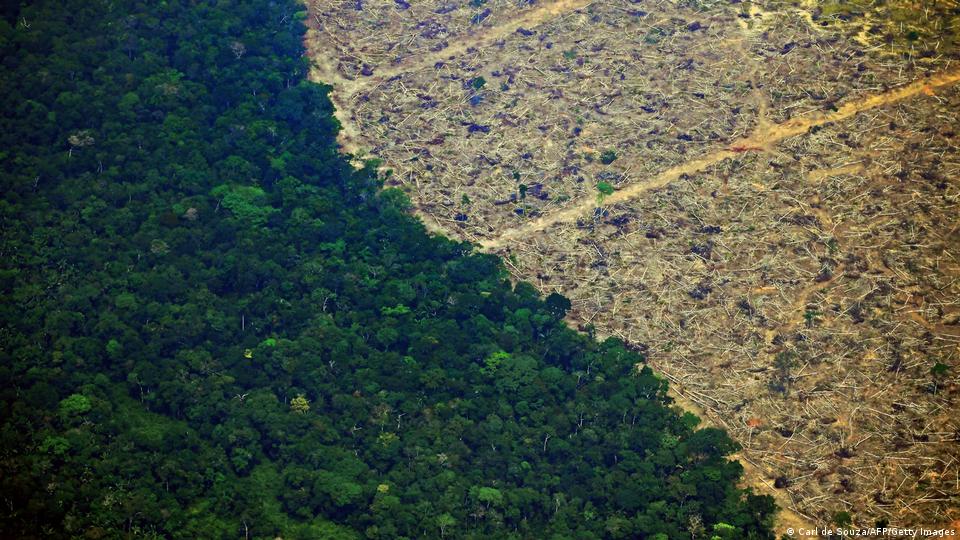A new study has found that cattle-ranching, not cocaine, has driven the destruction of the Colombian Amazon over the last four decades after authorities have blamed the growing of coca – the base ingredient of cocaine – for clear cutting .
The research shows that in 2018 the amount of forest cleared to cultivate coca, the base ingredient of cocaine, was only 1/60th of that used for cattle even though successive governments have used environmental concerns to justify ramping up their war on the green shrub.
Conservation experts’ age-long argument that Colombia’s strategy to conserve the Amazon by focusing on combating coca production is a misplaced one has now been vindicated by findings from the study.
“We want to finally eradicate this narrative that coca is the driver of deforestation,” said Pablo Murillo-Sandoval at the University of Tolima, who led the study.
The rate of deforestation had spiked since 2016 when a landmark peace agreement was signed between the guerrillas of the Revolutionary Armed Forces of Colombia (Farc) and the government leading to the former laying down their weapons.
Land-grabbers took advantage of the rebels leaving the jungle and started clearing trees with chainsaws and burning vast areas. Deforestation reached a record high of 219,973 hectares (543,565 acres) in 2017, up 23% from the previous year.
Former president Iván Duque stepped up military action against coca farmers, justifying his action by reffering to the environmental destruction caused by coca cultivation. Prohibited from spraying coca crops with glyphosate after the chemical was banned in 2015 for health concerns, the Duque government sent in choppers and armed troops into the Amazon rainforest, sometimes into deadly confrontations with coca farmers.
Yet while cattle ranches cleared more than 3m hectares (7.4m acres) of Amazon rainforest in 2018, coca’s impact was negligible as only 45,000 hectares (111,200 acres) were cleared for coca in 2018, the latest year available in the study.
However, by using a deep learning algorithm to differentiate between land used for coca and cattle, Murillo and his colleagues were for the first time able to distinguish between the activities on a mass scale from 1985 to 2019.
Read also: Saudi Energy Minister says OPEC+ decisions not politicized
“We have always contested the government’s argument that coca was driving deforestation but lacked the evidence. Now we have real data with which we can oppose this mistake,” Angelica Rojas, liaison officer for Guaviare state at the Foundation for Conservation and Sustainable Development, a Colombian environmental thinktank was quoted as saying, adding that the figures show that previous governments have used the environment as a false justification to wage war on coca farmers, claiming the real goal was to clamp down on coca plantation.
The study also adds to evidence that despite lives being sacrificed and billions of dollars being spent, Colombia’s “war on drugs” has failed to halt coca production – and in some cases it may have even made it worse.
As the government has engaged in a misplaced environmental battle with coca farmers, the real driver of deforestation, cattle farming, has been allowed to swallow up vast swathes of land, the authors argue.
“Ranching is the easiest way to show you’re using land, as it’s unregulated. You could have 100 hectares of land and just throw 10 cows in there, whereas for potatoes or corn only a hectare would require a year of great work,” Carlos Devia, a forest engineer at Bogotá’s Javeriana University who was not involved in the study was quoted as saying.
Story was adapted from the Guardian
